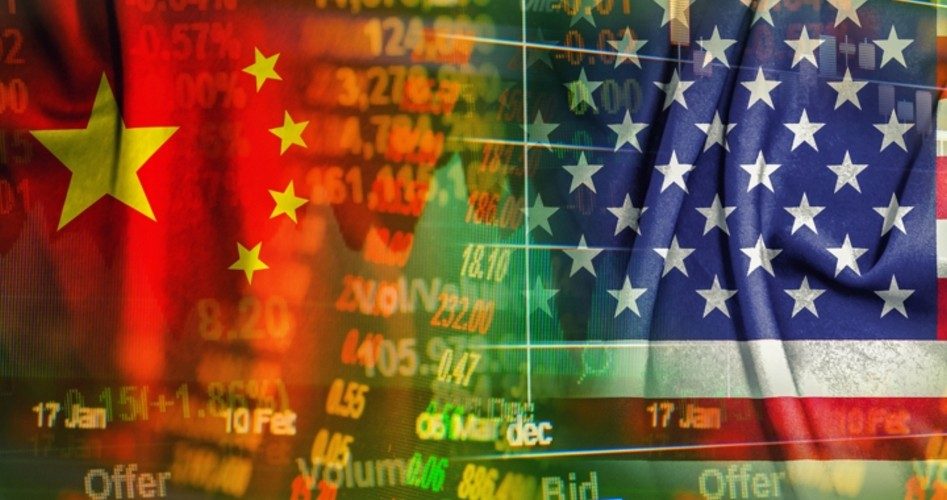
New admissions from China’s National Bureau of Statistics (NBS) on Monday reveal continuing and accelerating weakness in the world’s second-largest economy. Heading into trade talks scheduled for October, such weakness further erodes the bargaining power of China’s communist negotiators in dealing with President Trump’s top people.
The report from the Chinese government’s economic mouthpiece was startlingly candid: The nation’s industrial production hit its lowest level in 17 and a half years, while retail sales, auto sales, and investment measures worsened as well. Industrial exports declined by 4.3 percent last month compared to a year ago. Factory output shrank for the fourth straight month.
China’s economy could be facing a “vicious cycle” of decline, said Li Wei, an economist at Standard Chartered Bank. He warned that as soft demand squeezes profits, inventories aren’t being restocked, which impacts factory orders.
The decline began long before the tariff wars ramped up, reflecting an economy being manipulated through statist Keynesian economic policies. Cuts in banks’ capital reserve requirements and interest rates, coupled with increases in public works projects, has failed to revive the once-strong economy. Additional deficit spending runs the risk of pushing the nation’s national debt — already at 300 percent of the country’s economic output — to astronomical and ultimately unsustainable levels.
In the past year, reports China International Capital Corp., China’s industrial sector has lost five million jobs. Its research report says that nearly two million of them are attributable to the trade wars, while the rest can be blamed on an economy that was already slowing.
Economists at Nomura Holdings outlined the various interventionist strategies China’s central bank could employ in additional attempts to reverse the decline: speed up credit growth by lowering interest rates and credit standards for borrowers, increase spending on public infrastructure projects, and reduce taxes on various capital goods purchases. Such strategies fall into the category of “if something doesn’t work, do more of it.”
Then there are the excuses being provided by top Chinese communist officials such as Premier Li Keqiang, who said, “For China to maintain growth of 6% or more is very difficult against the current backdrop of a complicated international situation and a relatively high base.”
The New American predicted China’s continuing eceonomic slowdown in July. We reported that Julian Evans-Pritchard, a senior China economist at Capital Economics, thought that additional economic “stimulus” measures would have little impact: “We think that construction activity will come under pressure in the coming quarters as the recent boom in property development unwinds.… We expect this to culminate in a further slowdown in economic growth over the coming year.”
Additional pressure to come to terms with the United States at the trade talks scheduled for October is being felt politically. China’s over-the-top response to the Hong Kong anti-government riots revealed its sensitivity to them getting out of control. According to the best sources available, the Chinese communist regime faced an estimated 200,000 anti-government protests last year, another indicator of just how precarious its hold is over its people.
If those October trade talks fail to generate significant progress, the Chinese know that Trump will follow through on his promise to raise further the tariffs he has already imposed. Those increases are scheduled to take effect in October and December.
Image: Pixfly via iStock / Getty Images Plus
An Ivy League graduate and former investment advisor, Bob is a regular contributor to The New American, writing primarily on economics and politics. He can be reached at [email protected].
Related article:
China Reports Its Economy Growing at Slowest Pace Since 1992



